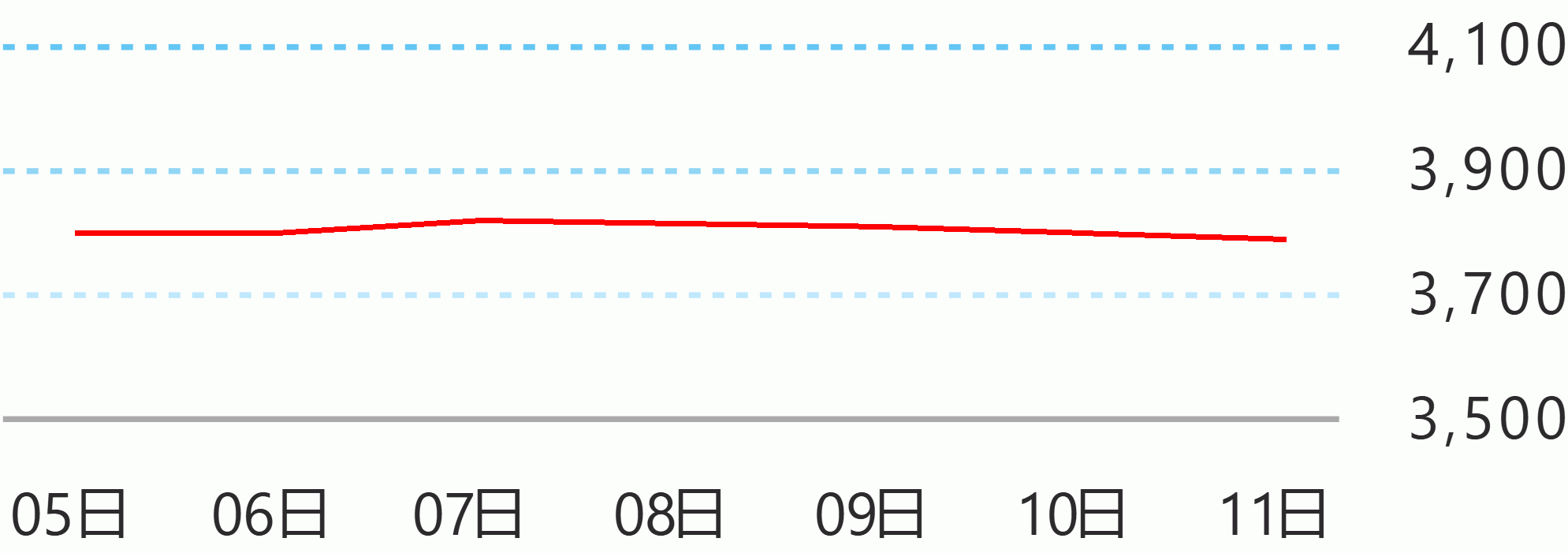President Rodrigo Duterte has created a task force to expedite the rehabilitation and restoration of the coastal and marine ecosystem of the Manila Bay.
Administrative Order No. 16, which was signed on February 19, provides that the Manila Bay Task Force is headed by the secretary of the Department of Environment and Natural Resources, with the secretaries of the Departments of Interior and Local Government and of Tourism as vice chairpersons.
The members include the secretaries of the Departments of Public Works and Highways, of Health, and of Agriculture; chairmen of the Housing and Urban Development Coordinating Council and Metro Manila Development Authority; executive director of Pasig River Rehabilitation Commission; and administrators of Local Water Utilities Administration and Manila Waterworks and Sewerage System.
Other members include the director of the Philippine National Police-Maritime Group; commandant of the Philippine Coast Guard; general manager of the Philippine Ports Authority; representative of the Manila Water Company, Inc.; and representative of the Maynilad Water Services, Inc.
The task force members may designate an alternate, who must be next in rank to the principal member and must be fully authorized to decide for and on their behalf, to represent their respective office in the Task Force.
Among the powers and functions of the task force include that the concerned agencies and local government units undertake appropriate measures relative to violation of environmental laws, such as demolition, closure or cessation of business and/or filing of administrative action against erring persons or establishments, and to prepare a comprehensive plan for expediting the local sanitation program of LGUs within the Manila Bay Region by 2026.
The Supreme Court, in the case of MMDA vs. Concerned Citizens of Manila Bay in 2008 and 2011, issued a writ of continuing mandamus that directed concerned government agencies and private entities to clean up, rehabilitate, preserve, restore and maintain the waters of Manila Bay to a level that is fit for swimming, skin-diving and other forms of contact recreation, as well as to fully implement the Operations Plan for the Manila Bay Coastal Strategy pursuant to Section 19 (c) of Republic Act No. 9275, otherwise known as the Philippine Clean Water Act of 2004. Celerina Monte/DMS





 English
English









